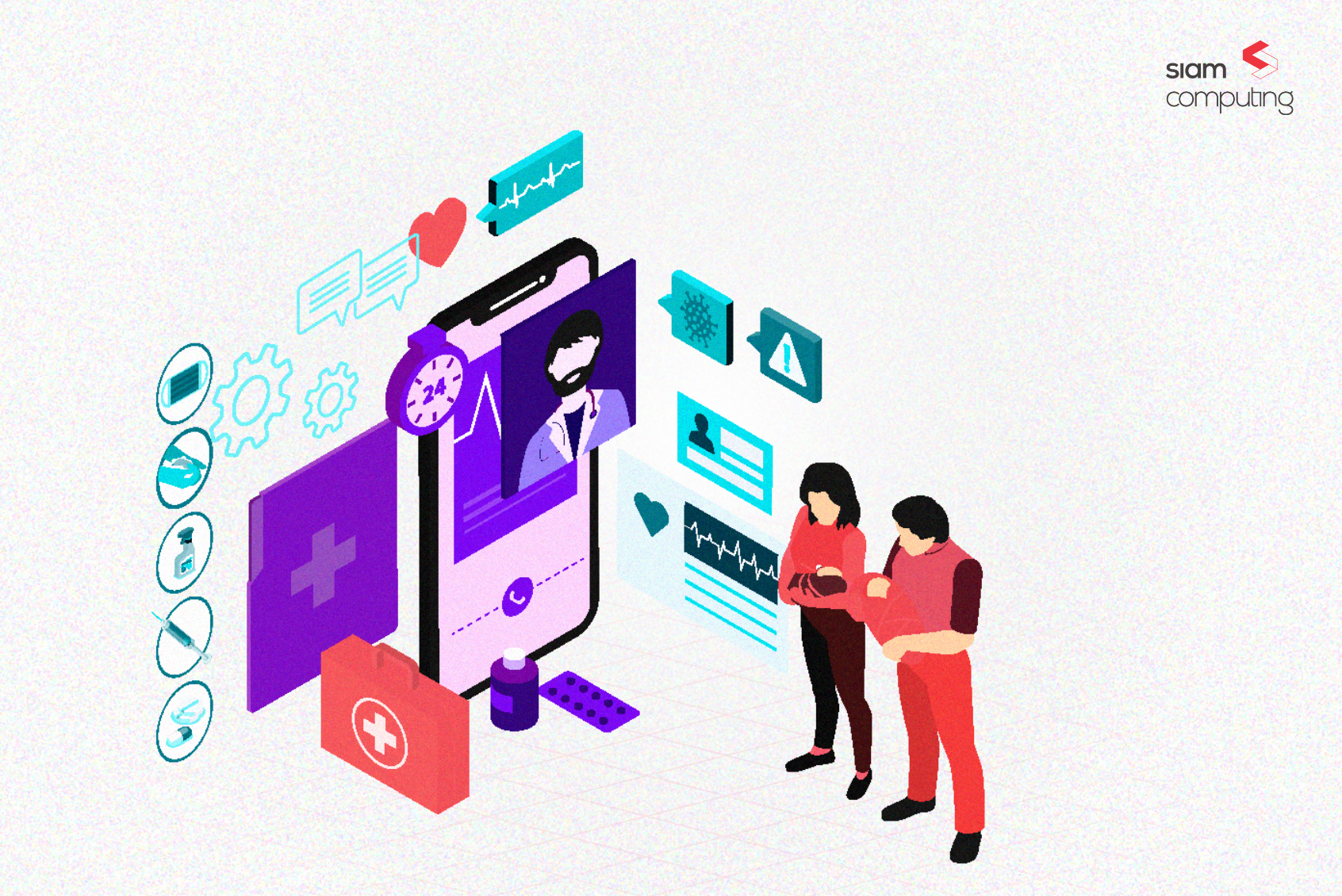In the not-so-distant past, shopping meant wandering the aisles of brick-and-mortar stores, occasionally seeking the assistance of knowledgeable sales associates. However, the digital age brought forth e-retail, offering the promise of infinite choice and unparalleled convenience.
Yet, this convenience comes with a new challenge: the paradox of choice. Today, we explore the problem of discovery in e-retail, why it matters, and how technology, especially Large Language Models (LLMs) and chatbots in particular, might pave the way for a solution.
The Paradox of Choice in E-Retail
Choice Overload: The Dilemma
In the world of e-retail, an endless aisle of products can be overwhelming. As consumers, we are inundated with choices for everything, from toothpaste to tech gadgets. The result? Decision fatigue and dissatisfaction. The vast array of options often leaves us unable to pinpoint the right product, leading to frustration.
The Psychological Aspect
To understand the impact of choice overload, we must explore the psychology behind it. The paradox of choice theory and cognitive biases play a significant role in influencing our shopping decisions. Researchers have demonstrated how an excessive number of options can lead to anxiety and regret.
The Offline Shopping Experience: Discovery Sets It Apart
Personalized Assistance
Brick-and-mortar stores have one distinct advantage: human interaction. Sales associates provide personalized guidance, ask relevant questions, and offer recommendations. It’s akin to having a shopping companion who understands your needs and preferences.
Tactile Experience
For certain product categories, like clothing, cosmetics, or electronics, the ability to touch, feel, and try products is invaluable. The tactile experience provides a deeper connection to the product and influences purchasing decisions.
Social Interaction
Shopping isn’t just a solitary activity, it’s often a social experience. Friends and family can offer advice, share opinions, and make the process more enjoyable. Even interactions with strangers can provide valuable insights.
E-retail is designed for conversions – not discovery
Most e-commerce sites employ product recommendations to introduce you to items and use a review system to help validate your purchasing decisions. However, they are implemented in a constrained way as online retail sites are designed primarily to convert and not engage. They are very transactional and not discovery-focused.
The platforms are set up to help you find exactly what you’re searching for and make your purchase as quickly as possible. But consider the shopping experience in a retail environment in contrast. You wander along the corridors of the malls or walk through the aisles of your favourite stores, see hundreds of products, feel these items – touch them, read price tags, try them on easily, compare them, and decide to buy, or not.
This type of experience is challenging to create in e-retail because of various limitations. Also, these sites are typically built from product catalogs with detailed photos and relevant content – but do not reflect the lifestyle choices of the customer. To put it in simple words – e-retail sites do not provide the shopping experience that consumers crave for because these sites are not designed for shoppers to browse, engage, and discover the same way they do in stores.
Technology Solutions for Enhanced E-Retail Discovery
Personalized Recommendations
One promising solution lies in personalized recommendations. AI algorithms analyze consumer behaviour, purchase history, and preferences to offer tailored product suggestions. These recommendations can help consumers discover products that align with their tastes.
Large Language Models and Natural Language Search
Large Language Models provide a way for computers to understand natural human language and respond meaningfully. This was not possible prior to 2022. Advanced search engines that understand natural language queries simplify product search. Instead of using keywords, consumers can express their needs in plain language.
Chatbots and Virtual Assistants
AI-driven chatbots and virtual assistants can engage consumers in real time. They answer questions, provide guidance, and replicate the role of a sales associate online.
Possibilities of Personalized Discovery with LLMs and Chatbots
The future of online shopping lies in the seamless integration of Large Language Models (LLMs), natural language search, and personalized search results. This marriage of technology has the potential to bridge the gap between online and offline shopping experiences, enhancing discovery and delivering an exceptional journey for online shoppers.
Natural Language Search for Intuitive Product Discovery
Traditional e-commerce search engines rely on keywords and filters, which can sometimes be limiting and frustrating for shoppers. The integration of natural language search powered by LLMs allows users to express their needs and preferences in everyday language. For instance, a shopper can simply ask, “I’m looking for a lightweight, waterproof backpack for hiking,” and the system can understand and retrieve relevant results. This makes product discovery more intuitive and less time-consuming.
Understanding Consumer Intent with LLMs
Large Language Models, such as GPT-3, have revolutionized natural language understanding. They can decipher the nuances of consumer queries, providing a more profound understanding of their intent. This enables e-retail platforms to comprehend user preferences, context, and even emotions. For instance, if a shopper describes their need vaguely, an LLM can extract the underlying meaning and offer relevant product recommendations.
Personalized Recommendations Powered by AI
LLMs, combined with AI algorithms, can analyze vast amounts of consumer data, including past purchases, browsing history, and even social media activity. With this information, e-retailers can create highly personalized recommendations, much like a knowledgeable sales associate in a physical store. As a result, online shoppers are presented with products that align with their unique tastes, making the shopping experience more enjoyable and efficient.
Chatbots as Personal Shopping Assistants
Chatbots and virtual assistants play a vital role in recreating the personal interaction that shoppers experience in physical stores. These AI-driven entities can engage with customers in real-time, answer questions, provide product information, and even offer suggestions based on the user’s preferences and requirements. Chatbots are available 24/7, ensuring that assistance is always at the shopper’s fingertips.
The Future of Online Shopping
The marriage of Large Language Models, natural language search, and personalized recommendations, along with the integration of chatbots, has the potential to transform the online shopping experience. By combining these elements, e-retail platforms can evolve from being transaction-focused to becoming discovery-oriented.
They can not only meet but also exceed the expectations of consumers who desire the same level of personalized assistance and exploration they find in brick-and-mortar stores.
As we move towards a future where e-retail offers the same level of personalization, engagement, and discovery as brick-and-mortar stores, it’s time to take action. To understand how these cutting-edge solutions can be implemented in your company and enhance your customer’s online shopping journey, speak to our product strategy experts.
Embrace the future of e-retail, close the discovery gap, and ensure that your customers enjoy a truly satisfying and enjoyable shopping experience. Contact us today and embark on the path to a more personalized, intuitive, and engaging e-retail experience.








